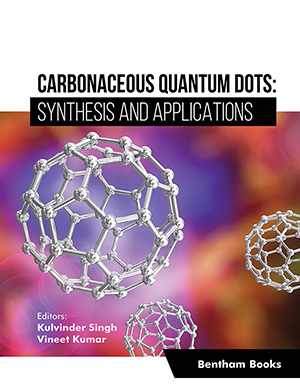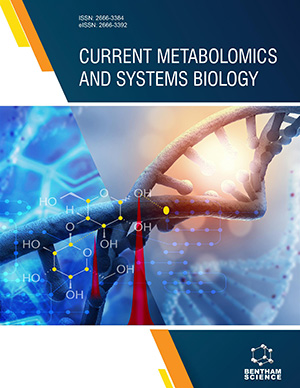Abstract
Carbonaceous Quantum Dots (CQDs) are gaining the interest of various
research groups owing to their significant features, including water stability,
biocompatibility, minimal cytotoxicity, chemical inertness and fluorescence which
make them a good candidate in solar cells applications such as photocatalysis, solar
energy conversion, photovoltaic solar cells, and Photoelectrochemical cells. CQDs are
used in photocatalytic reactions because they can be used as electron sinks to stop the
coupling of electron void pairs. The high coefficient of absorption and the broad
spectrum of absorption improve the photocatalytic activity. In solar cells, the CQDs are
used as sensitizers. CQDs are employed in solar energy generation because they are
non-toxic and affordable. This chapter discusses the use of CQDs in solar cells.
Keywords: Carbonaceous quantum dots, Photocatalysis, Photovoltaic solar cells, Photoelectrochemical water splitting.






















